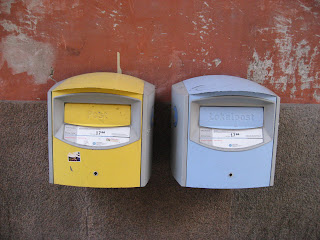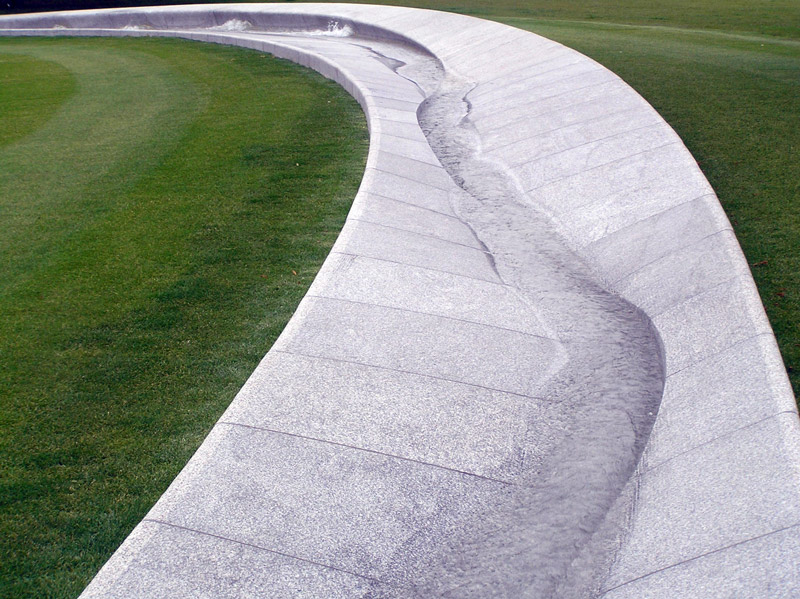 Ecobuild Exhibition
Ecobuild Exhibition: 1-3 Mar, 2011 at Excel, London
Ecobuild opens for three days of eco-friendly building ideas, products and innovations. It's upgraded that compared to last year into the larger venue of Excel. I looked at the exhibition on the ground floor and attended seminar programmes. The most interesting subject was sustainable design in the city and green infrastructure.
 Seminar 1- How green is my city
Seminar 1- How green is my city: This session considered international examples of cities which are leading the way in striving for sustainable development.
12:30-13:00 Learing from leading European eco-towns ( Nicholas Falk, Founder Director, Urbed)
Ecotown:
- offering huge attractions and community, including schools and open spaces.
- well linked to job and service
- developing around railway station
- well connected
- sustainable drainage system
Seminar 2- Building biodiversity: This session presented what can be done to create a greener urban environment and what should be done to support biodiversity in urban areas.14:15-14:40 Making the case for biodiversity ( Caroline Birchall, Adviser, Green Infrastructure & climate change adaptation)
Green Infrastructure:
-Network of high quality green spaces and other environmental features
-Designed and managed as a multifunctional resource
-Capable of delivering a wide range of environmental and quality of life benefits for local
communities.
Seminar 3- People-first design: sustainable urban placement: This session takes a people centric view of planning and place making.15:45-16:10 Sustainable city making via evidence-informed design and planning (Dr Kayvan Karimi, Director, Space Syntax)
-Spatial accessibility can be linked to any other urban attribute.
-Fundamental concepts of city making: visibility and movement
-Cities are created by spatial patterns
16:10-16:35 Creating public places as if people mattered ( Henry Shaftoe, Senior Lecturer, University of West England)
-We need to start a design for people and what they want to do at public space.

As part of the exhibition, Kingston University launched sustainable materials that was renewed. They displayed products from sustainable materials at Ecobuild. The recent Kingston University project is advising Marks & Spencer pic on the use of appropriate sustainable materials.

















































